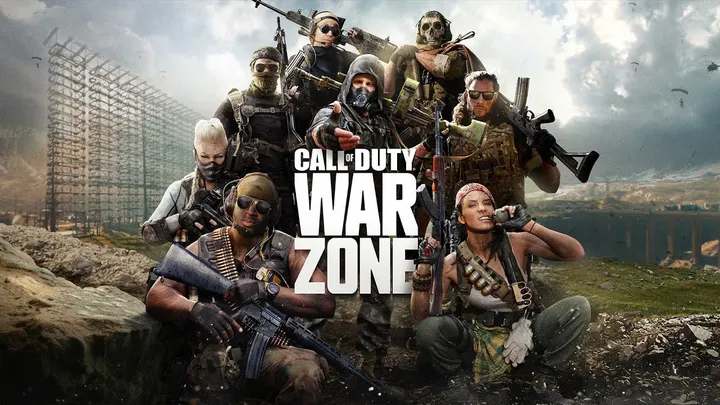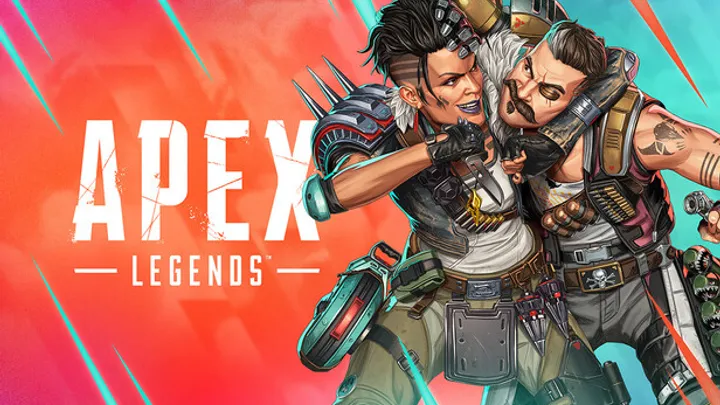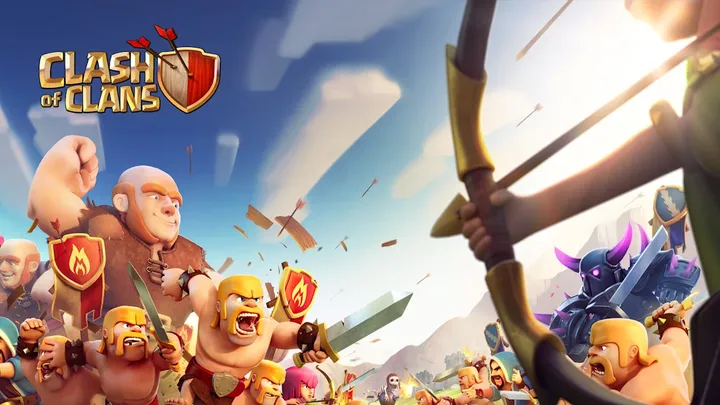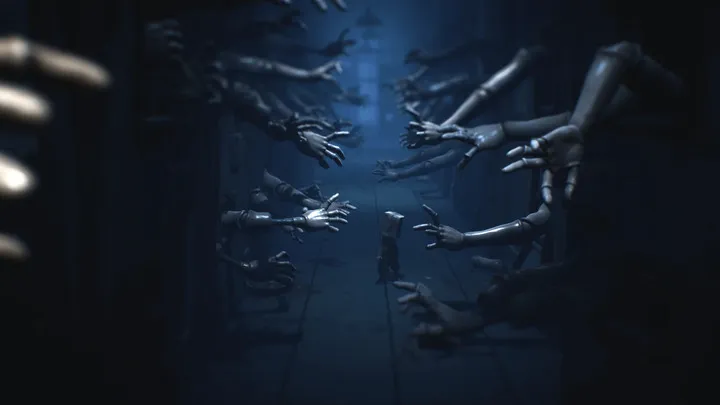Valorant, developed by Riot Games, has quickly become one of the most popular tactical shooters in the world. Combining the precision of games like Counter-Strike with the unique abilities of Overwatch, Valorant demands not only fast reflexes but also strategic thinking, communication, and teamwork.
Whether you're new to Valorant or looking to climb the competitive ladder, this complete Tips & Guides article will help you master every aspect of the game — from basic mechanics to advanced plays.
1. Getting Started: Understanding Valorant’s Core Mechanics
Before diving into ranked matches, players must first understand the fundamentals that make Valorant unique.
What Makes Valorant Different
Unlike traditional shooters, Valorant mixes precise gunplay with unique agent abilities. Each agent belongs to a specific role — Duelist, Initiator, Controller, or Sentinel — and each role contributes differently to the team’s success.
The Goal of Each Match
Valorant matches consist of two teams of five players. The objective is simple yet strategic: attackers plant a Spike (bomb), and defenders prevent or defuse it. Winning requires mastering timing, positioning, and resource management.
Key Beginner Tips
- Communicate always: Valorant rewards communication more than raw aim.
- Learn map callouts: Knowing areas by name speeds up teamwork.
- Economy awareness: Don’t overspend early rounds — save when necessary.
2. Choosing Your Main: Finding the Right Agent
Picking the right agent can determine your success in the early stages of the game.
Understanding Agent Roles
Each agent’s role suits a specific playstyle:
- Duelists (Jett, Reyna, Phoenix): Entry fraggers who lead attacks.
- Initiators (Sova, Skye, Breach): Gather information and set up plays.
- Controllers (Omen, Viper, Brimstone): Control vision and space.
- Sentinels (Sage, Killjoy, Cypher): Defend areas and watch flanks.
How to Pick Your Main Agent
Start by experimenting in Unrated or Swiftplay matches to find your comfort zone.
If you like aggressive plays, pick Duelists. If you enjoy supporting teammates, try Controllers or Sentinels.
Pro Tip:
Don’t lock a Duelist every match — team composition matters. A balanced team (1 Controller, 1 Sentinel, 1 Initiator, 2 Duelists) performs better.
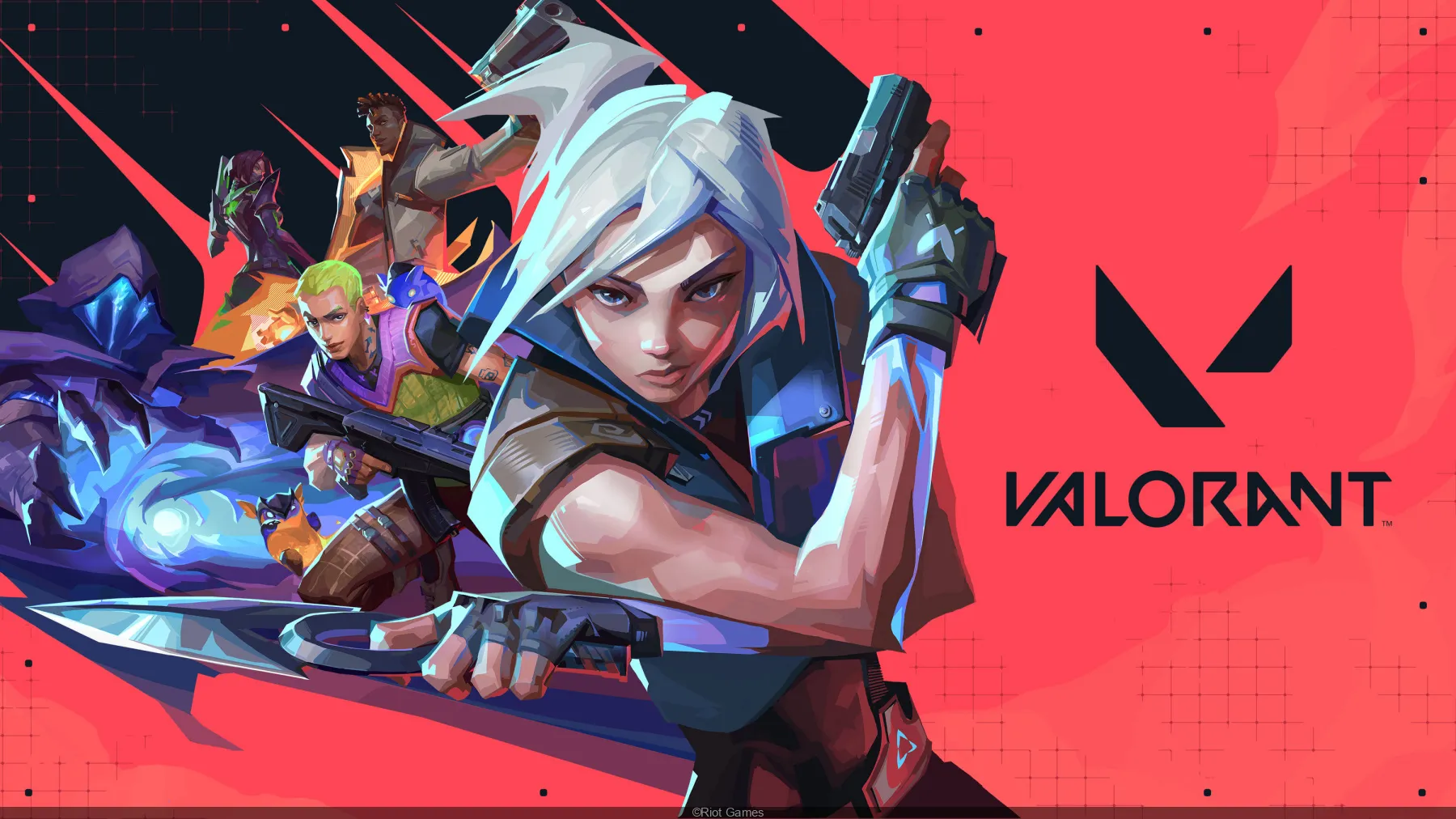
3. Mastering Gunplay: Aim, Crosshair, and Recoil Control
Valorant’s shooting mechanics require discipline and practice. Winning duels often comes down to who lands the first precise headshot.
Perfecting Your Aim
Spend at least 10–15 minutes in the Shooting Range before every match. Focus on:
- Flick aim: Quickly shifting between targets.
- Tracking aim: Following moving enemies.
- Crosshair placement: Always keep your crosshair at head level.
Crosshair and Sensitivity Settings
Your crosshair and sensitivity setup are crucial. Experiment with sensitivity until you can do a 180° turn smoothly.
Recommended Settings:
- DPI: 800
- In-Game Sensitivity: 0.3–0.45
- Scoped Sensitivity Multiplier: 1.0
Recoil Patterns
Each weapon in Valorant has a unique recoil. The Vandal and Phantom are most common, but both require burst control rather than spraying.
Quick Tip:
Fire in short bursts of 3–4 bullets to maintain accuracy.
4. Map Knowledge: Learning Angles and Rotations
Valorant’s maps are as much a weapon as your gun. Knowing angles, choke points, and rotation routes gives you a huge tactical edge.
Familiarize with Each Map
There are multiple maps — such as Ascent, Bind, Haven, Icebox, and Sunset — each offering unique layouts and mechanics.
For Example:
- Ascent: Mid control is vital; holding Market and Catwalk opens rotations.
- Bind: Teleporters allow instant site swaps, requiring awareness.
- Haven: Three bomb sites — strong rotations are key.
Learning Angles and Sightlines
Study common hiding spots and pre-aim angles during matches. Many players use custom games to practice lineups or check angles alone.
Pro Tip:
Watch professional players or map guides on YouTube to learn pixel-perfect lineups for smokes or flashes.
5. The Economy System: When to Buy, Save, or Force
Valorant’s economy system is often misunderstood by beginners. Managing your money well can change the outcome of entire matches.
Understanding Round Economy
Each round rewards or penalizes you based on performance:
- Win: +3000 credits
- Loss: +1900 to +2900 (loss bonus increases)
- Spike Plant: +300 credits per player
When to Buy or Save
- Full Buy: When your team can afford rifles, armor, and abilities.
- Eco Round: When saving for the next full buy.
- Force Buy: When you buy with limited credits to surprise the enemy.
Pro Tip:
Coordinate with your team — avoid buying when others are saving.
6. Ability Usage: Smart Utility over Flashy Plays
Abilities define Valorant’s strategic depth. But using them carelessly can cost you rounds.
Timing and Coordination
Use utility not just for highlights but to create openings. A well-timed smoke or flash wins more rounds than solo kills.
Ability Categories:
- Recon Tools (Sova, Fade): Gather enemy info.
- Smokes (Omen, Brimstone): Block vision for site takes.
- Walls (Viper, Sage): Divide the map and control engagements.
Combining Abilities
Coordinate combinations — like using Sova’s Recon Dart followed by Raze’s Paint Shells — for maximum efficiency.
Advanced Tip:
Save one ability for post-plant situations; don’t use everything during the entry.
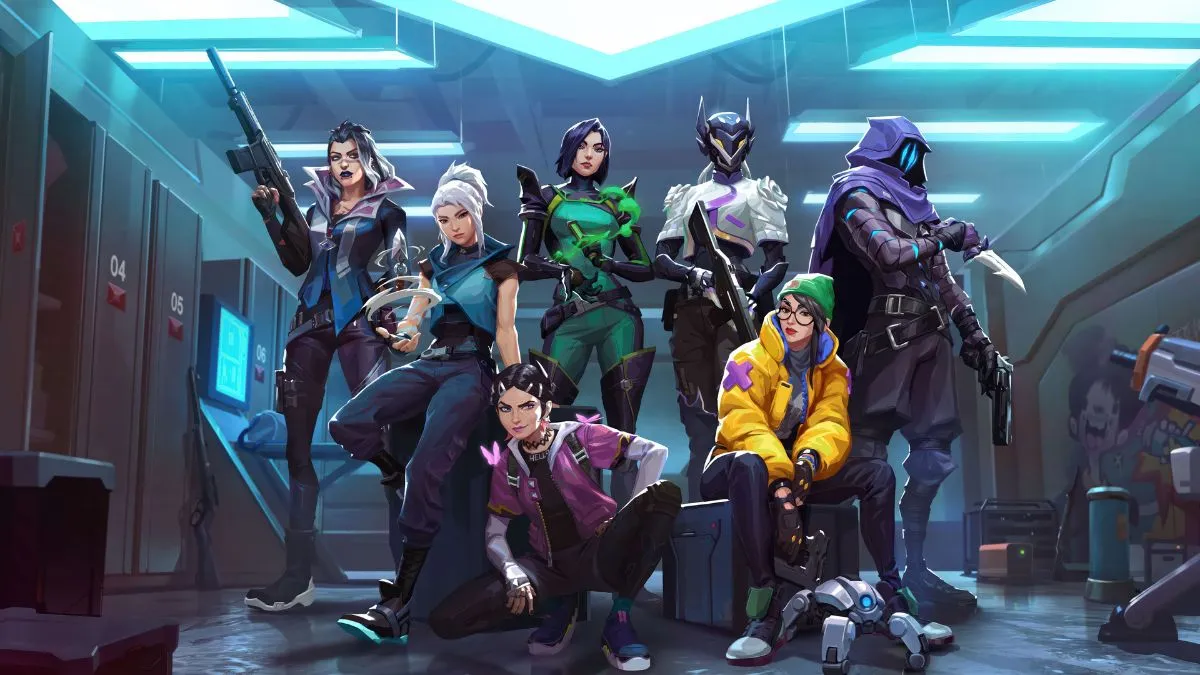
7. Communication and Teamwork: The Heart of Valorant
Valorant is a team game. Even if your aim is excellent, poor communication can lead to chaos.
Using Voice and Pings Effectively
Communicate concisely — share only vital information:
- Enemy spotted (with location).
- Spike location.
- Ability cooldowns.
- Rotation or flank alerts.
Example:
Instead of “He’s there!”, say “Jett behind boxes A site!”
Team Roles in Coordination
Each role should know its responsibility:
- Duelists: Entry first.
- Controllers: Smoke off sightlines.
- Initiators: Gather intel and set up entry.
- Sentinels: Watch flanks and guard spike.
8. Advanced Strategies: Reading the Enemy and Adaptation
High-level Valorant play is about adaptation — reading your opponents and adjusting your tactics accordingly.
Predicting Enemy Movements
Watch patterns. If enemies push B site two rounds in a row, stack defenses next round.
In Attack:
Fake site executions — use smokes or noise to force rotations, then hit the opposite site.
Adapting to the Game’s Flow
Don’t repeat the same strategy. Mix up your approach: one round rush, another slow play. Keep the enemy guessing.
Pro Tip:
Use a teammate’s death cam to identify where the enemy plays and adjust accordingly.
9. Ranked Climbing Tips: From Iron to Immortal
Climbing the ranked ladder in Valorant requires a combination of skill, game sense, and consistency.
Mindset and Discipline
Don’t focus on winning every match — focus on improving each game. Track your mistakes, review replays, and identify bad habits.
Common Mistakes to Avoid:
- Over-peeking without backup.
- Not checking corners.
- Ignoring the spike timer.
Improvement Routine
- Warm-up: Aim Trainer + Range.
- Map Study: Learn one map deeply at a time.
- Agent Pool: Master 2–3 agents, not all.
Pro Tip:
Play with a consistent team or duo to improve coordination and reduce randomness in solo queue.
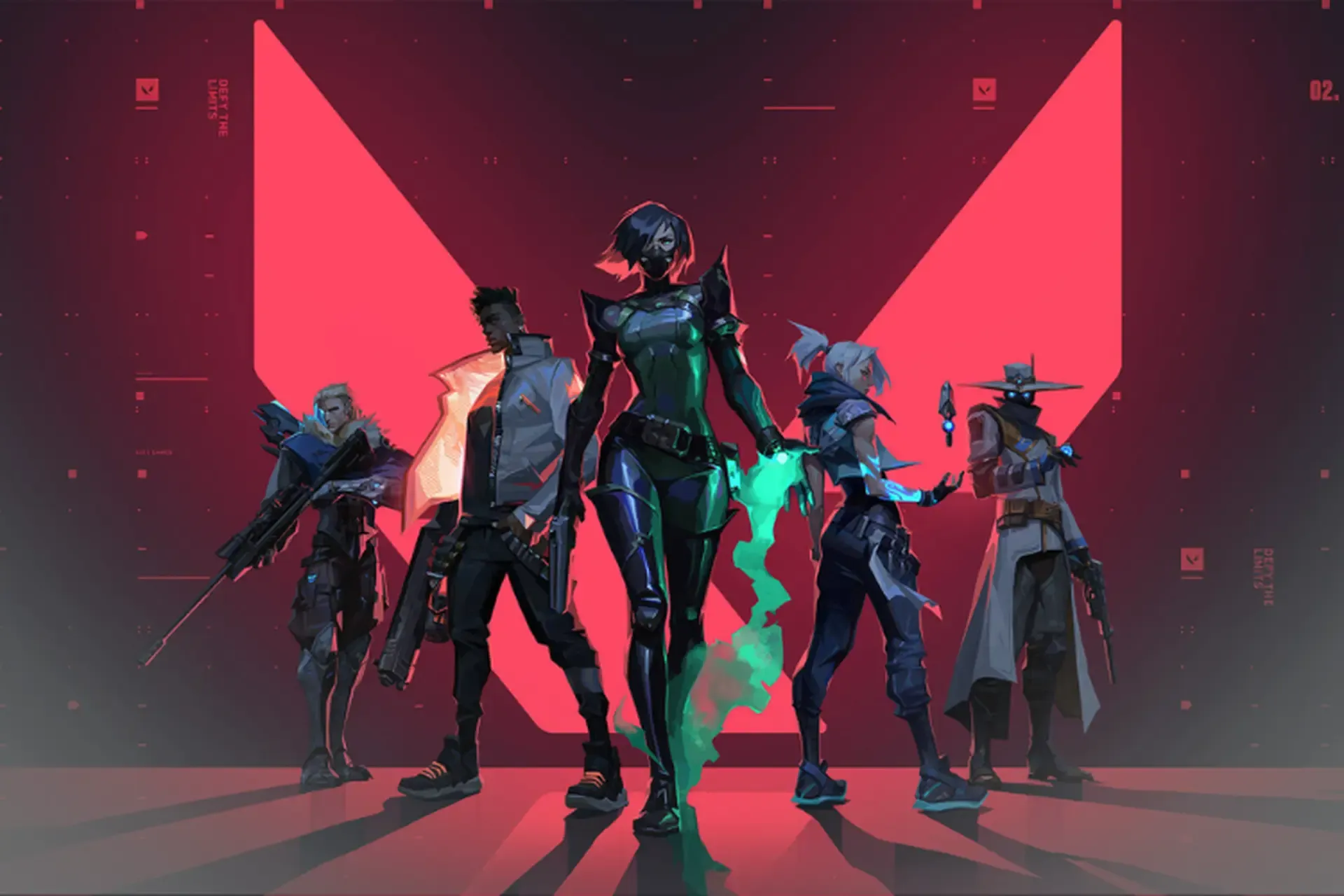
10. Maintaining Consistency: Mental, Practice, and Settings
Consistency separates average players from top performers. You can’t improve overnight, but with the right routine, you’ll notice steady progress.
Establishing a Practice Routine
Spend time daily in:
- Aim Labs or Kovaak’s: For raw aim.
- Custom Games: For lineups and utility.
- Deathmatch: For reflex training.
Recommended Daily Routine (30–60 minutes):
- 10 minutes of aim training.
- 15 minutes of range practice.
- 3–5 Deathmatches.
- Review one past game replay.
Mental Health and Focus
Valorant can be stressful. Take breaks, stretch between matches, and avoid tilt queues.
Pro Tip:
Play music or do breathing exercises to stay calm under pressure.
Conclusion: Becoming a True Valorant Pro
Mastering Valorant isn’t just about landing headshots — it’s about strategy, communication, and discipline. Every round is a puzzle where teamwork and decision-making matter as much as aim.
By understanding agents, learning maps, managing economy, and maintaining consistency, you can evolve from a casual player to a competitive powerhouse.
Remember: Valorant rewards intelligence as much as skill. Learn, adapt, and always play with purpose. Over time, victory will follow.









